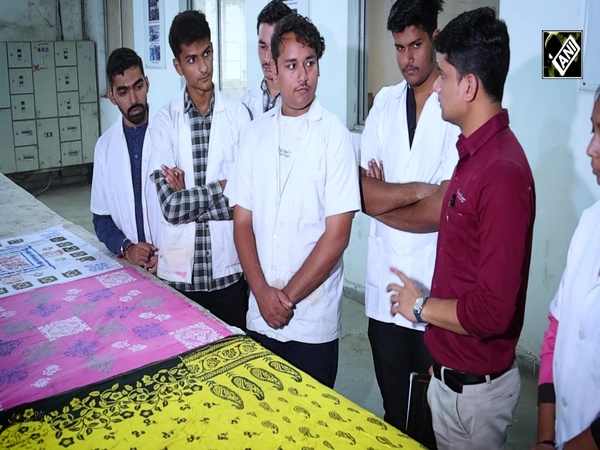Scientists study 155 new genes to see how humans continue to evolve
Dec 25, 2022

Washington [US], December 25 : Modern humans split from their ape ancestors around 7 million years ago, but we have since continued to evolve. There are 155 unique genes in the human gene pool that spontaneously arose from little pieces of our DNA. Some of these unique genes are believed to have their roots in the early evolution of mammals, and a few of these "microgenes" are anticipated to be connected to human-specific illnesses.
This work has been published in the journal Cell Reports.
"This project started back in 2017 because I was interested in novel gene evolution and figuring out how these genes originate," says first author Nikolaos Vakirlis (@vakirlis), a scientist at the Biomedical Sciences Research Center "Alexander Fleming" in Vari, Greece. "It was put on ice for a few years, until another study got published that had some very interesting data, allowing us to get started on this work."
Taking the previously published dataset of functionally relevant new genes, the researchers created an ancestral tree comparing humans to other vertebrate species. They tracked the relationship of these genes across evolution and found 155 that popped up from regions of unique DNA. New genes can arise from duplication events that already exist in the genome; however, these genes arose from scratch.
"It was quite exciting to be working in something so new," says senior author Aoife McLysaght (@aoifemcl), a scientist at Trinity College Dublin. "When you start getting into these small sizes of DNA, they're really on the edge of what is interpretable from a genome sequence, and they're in that zone where it's hard to know if it is biologically meaningful."
Of these 155 new genes, 44 of them are associated with growth defects in cell cultures, demonstrating the importance of these genes in maintaining a healthy, living system. Since these genes are human specific, it makes direct testing difficult.
Researchers must seek another way to explore what effects these new genes may have on the body. Vakirlis and his team examined patterns found within the DNA that can hint at if these genes play a role in specific diseases.
Three of these 155 new genes have disease-associated DNA markers that point to connections with ailments such as muscular dystrophy, retinitis pigmentosa, and Alazami syndrome. Apart from disease, the researchers also found a new gene that is associated with human heart tissue. This gene emerged in humans and chimps right after the split from gorillas and shows just how fast a gene can evolve to become essential for the body.
"It will be very interesting in future studies to understand what these microgenes might do and whether they might be directly involved in any kind of disease," says Vakirlis.
"These genes are convenient to ignore because they're so difficult to study, but I think it'll be increasingly recognized that they need to be looked at and considered," says McLysaght. "If we're right in what we think we have here, there's a lot more functionally relevant stuff hidden in the human genome."




















